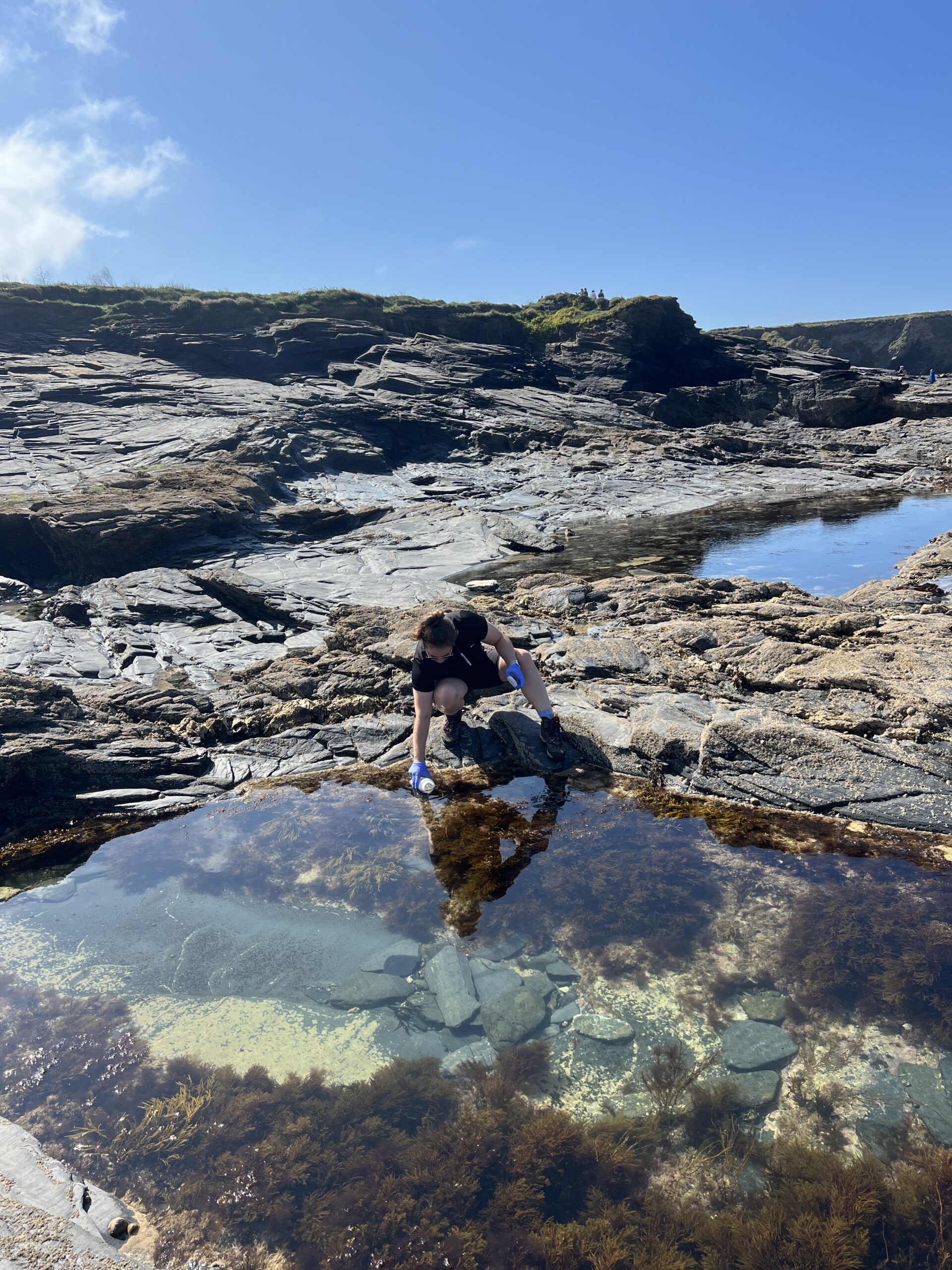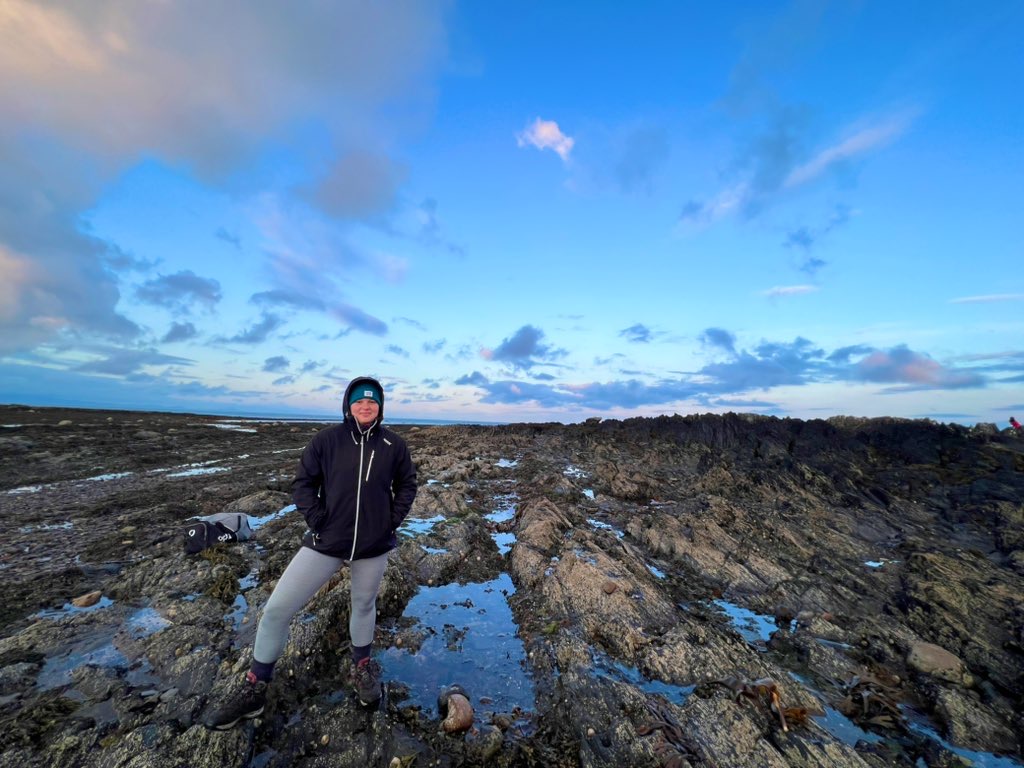A groundbreaking study, part-funded by the Marine Biological Association (MBA), has demonstrated the power of environmental DNA (eDNA) metabarcoding to assess biodiversity in rocky intertidal zones across the UK. This is one of the first multi-scale applications of eDNA in these dynamic coastal environments, spanning a wide latitudinal gradient and offering new insights into how marine life responds to climate change.
The research, conducted across 32 sites in five UK Regional Seas, detected over 1,000 taxa from 19 phyla, including macroinvertebrates and macroalgae. Using two genetic markers (COI and 18S), the study revealed clear spatial patterns in biodiversity – both between regions and across shore heights – highlighting the sensitivity of eDNA to ecological zonation and environmental gradients.
How eDNA works in intertidal zones
Environmental DNA refers to genetic material shed by organisms into their surroundings through skin cells, mucus, gametes, or waste. In intertidal zones, this DNA is suspended in seawater or trapped in sediments and can be collected through simple water sampling.
Once collected, the DNA is extracted and sequenced to identify the organisms present. This method allows scientists to detect a wide range of species, including those that are small, cryptic, or difficult to observe directly. In intertidal habitats, where conditions change rapidly with tides and wave action, eDNA could offer a non-invasive, scalable method to monitor biodiversity.
The study, led by PhD student Dina Simons, compared samples over space and found that:
- Groups of taxa detected by eDNA across small-scales were more similar than groups across large-scales.
- Open water sampling at high tide is likely best for broad-scale biodiversity assessments.
- Rockpool sampling at low tide captures fine-scale, site-specific patterns.

c. Dina Simons
Implications for marine science and climate monitoring
The findings have significant implications for marine conservation and climate research. The study detected latitudinal shifts in species distributions, with southern sites hosting less cold-affinity species and more warm-affinity species—patterns consistent with climate-driven ecological change.
For the MBA and its members, this research validates eDNA as a powerful tool for monitoring of intertidal ecosystems. It supports the Association’s mission to advance marine science and provides a cost-effective method for tracking biodiversity and detecting invasive species.
As climate change continues to reshape marine ecosystems, tools like eDNA will be essential for understanding and protecting our coastal environments. The MBA is proud to support research that pushes the boundaries of marine science and opens new pathways for collaboration and innovation.

c. Dina Simons.
The lead researcher on this work is Dina Simons, a marine ecologist and science communicator passionate about bridging the gap between science and the public. She soon submits her PhD, which is part-funded by the MBA, at the University of Liverpool. Dina is passionate about making science accessible to all, sharing her research journey as Dina the Biologist. Check out her work and social media pages here.